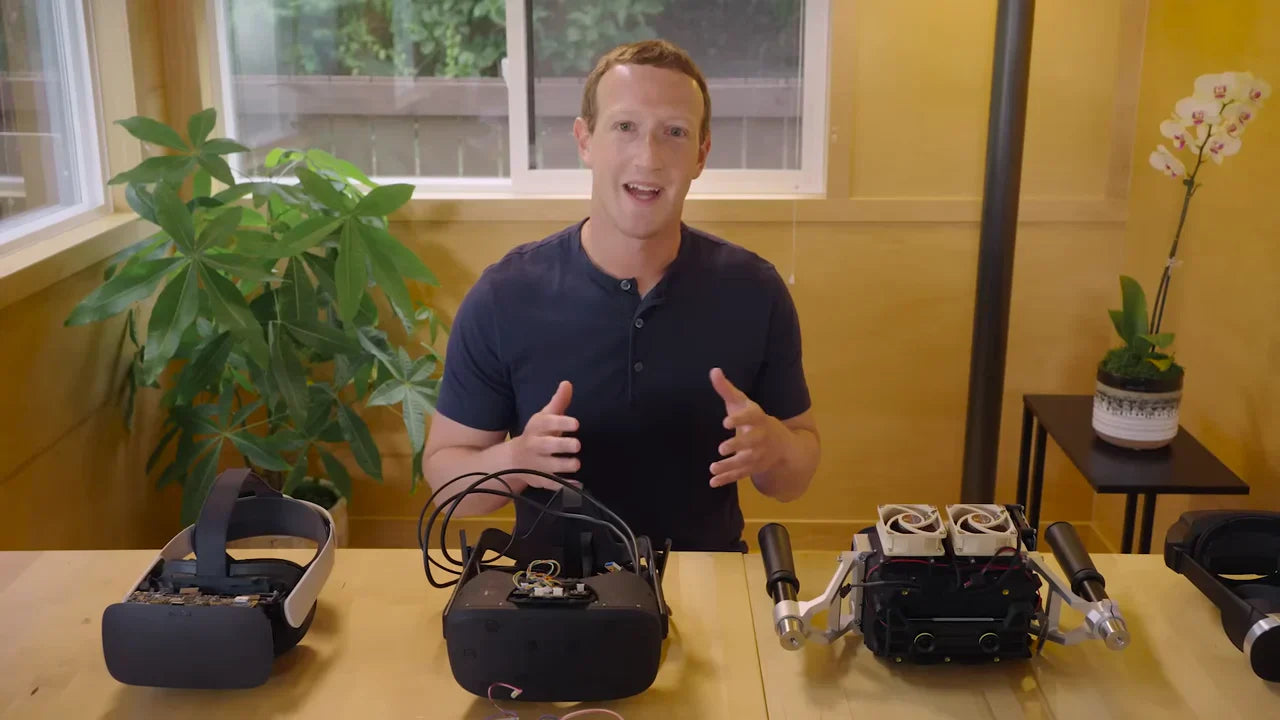
NexPCB supports XR displays by delivering tailored PCB solutions, including 12-layer HDI boards with ±25μm micro-via precision to fit compact headset designs, enabling seamless integration of displ...
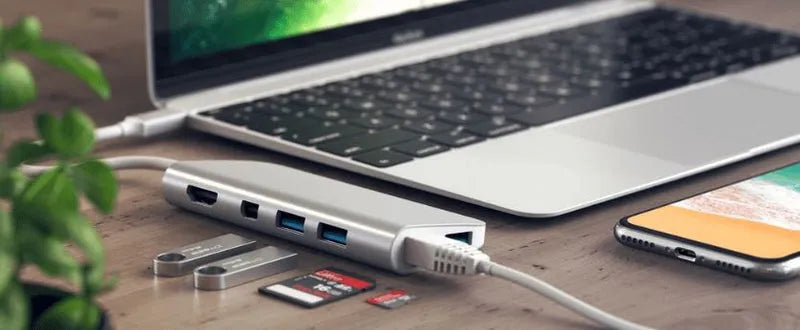
To use a standard adapter with displays, start by aligning its input/output ports with your device (e.g., HDMI from laptop) and display (e.g., DisplayPort); opt for one rated for 1080p resolution a...

A COG (Chip on Glass) LCD Display Module integrates the driver IC directly onto the glass substrate, minimizing wiring and bulk; typically 1-3 inches in size for gadgets like thermometers or keypad...

When picking a character OLED for your project, prioritize size (common 0.96”/128x64 or 1.3”/128x32; the 1.3” offers more text space), interface (I2C with 4 pins simplifies wiring vs. SPI’s 6), and...
While TFT LCD serves as a basic panel tech (common in budget devices), IPS modules outperform as a premium TFT variant: they deliver a near 178-degree viewing angle (vs. TFT’s typical 140-160 degre...
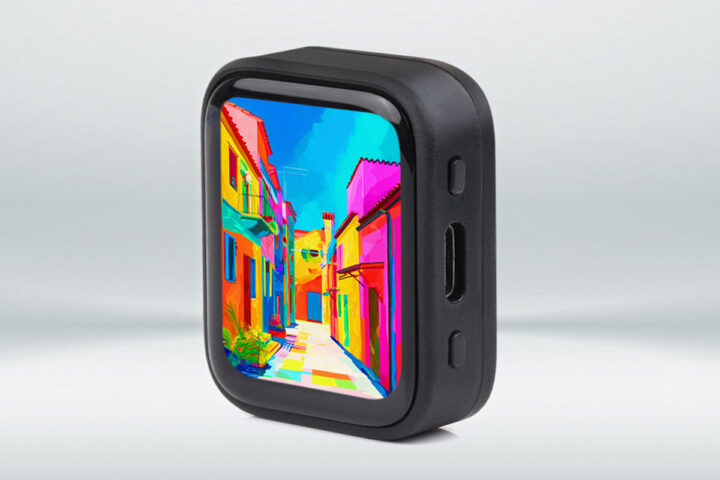
AMOLED module costs hinge on size and application—a 1-inch watch panel fetches 5−8, while 6.5-inch phone modules average 15−22. Most goes to the OLED panel (~60%), plus driver chips/touch layers; b...
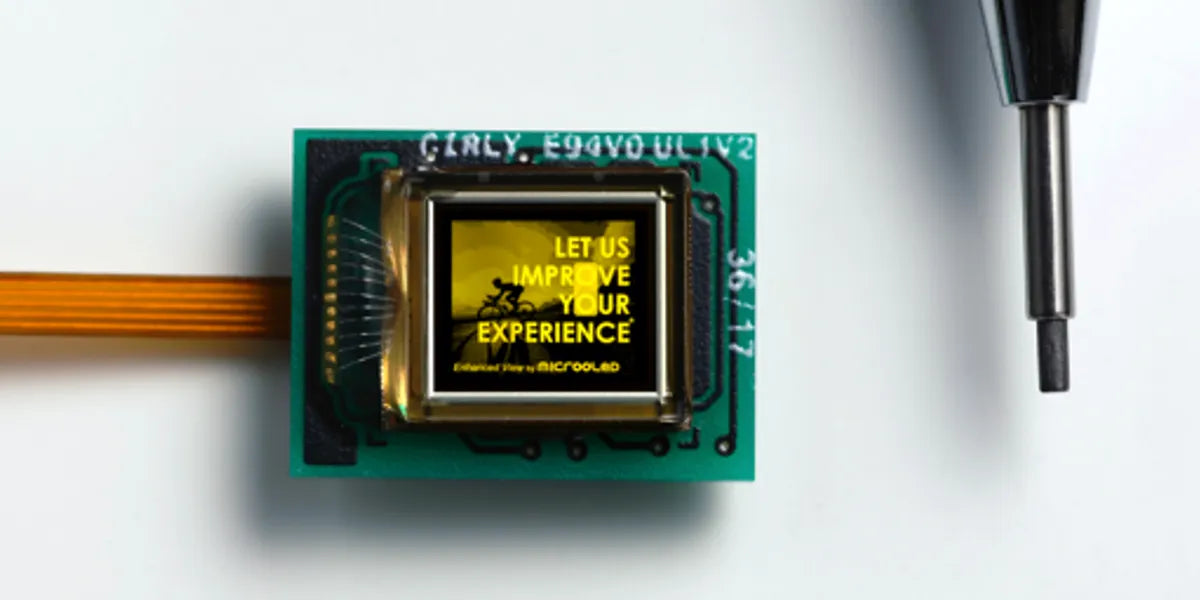
A Micro OLED display module, a compact self-emissive microdisplay, typically measures <0.5 inches diagonally with high pixel density (up to 2000 PPI), using silicon substrates for vivid, low-pow...

Micro OLED, or silicon-based OLED (Si-OLED), is a compact display tech engineered for near-eye devices, typically measuring under 1 inch diagonally with up to 3500 PPI resolution. Silicon-Based OLE...
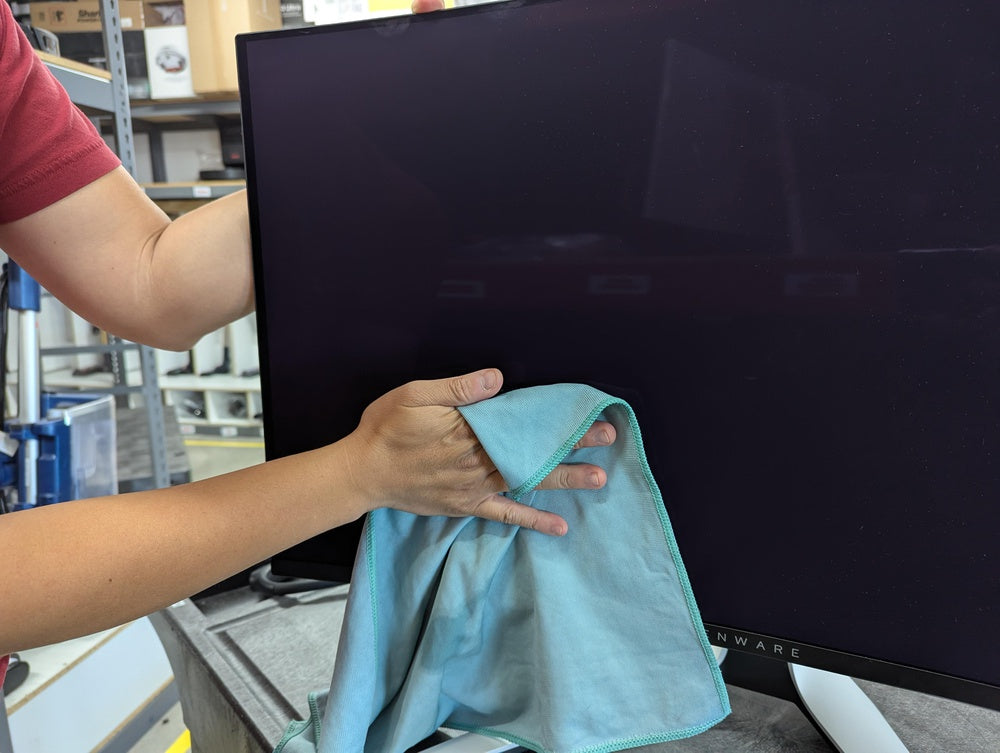
To safely clean an IPS screen, first power it off and let it cool; use a soft, lint-free microfiber cloth (not paper towels, which scratch) slightly dampened with distilled water (just 0.5ml for a ...


